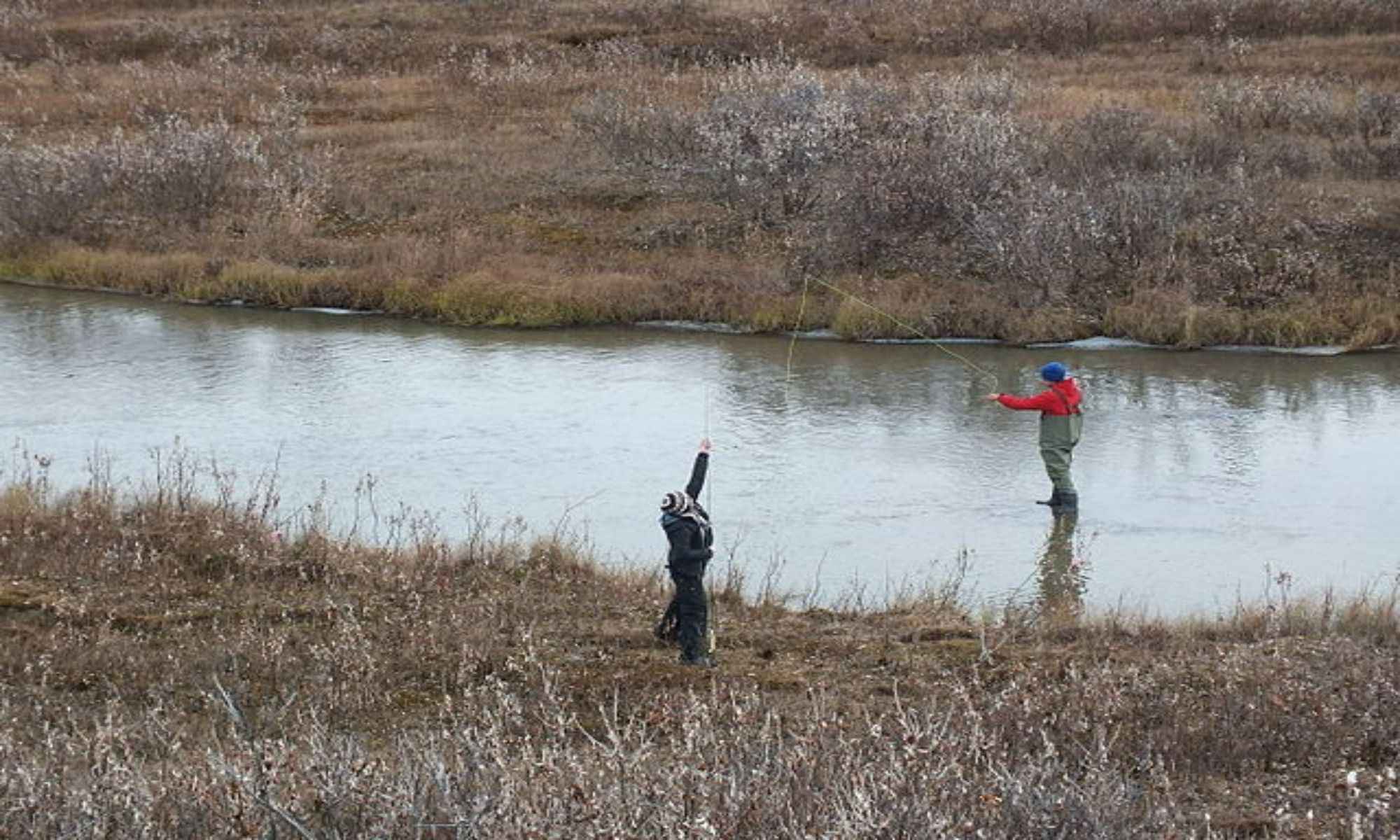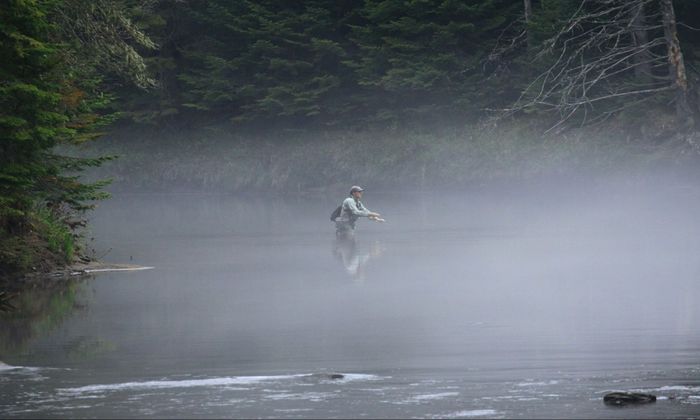10 Tips on Fly Fishing with a Dropper
Using a dropper makes fly fishing more effective. Read here to learn about the 10 tips on fly fishing with a dropper.

Fly fishing is one of the most exciting and rewarding techniques for many anglers. It is a fishing method where you will use a rod and an artificial fly. But under fly fishing, there are still sub-techniques that you can utilize, such as using a dropper.

Fly fishing with a dropper is one of the most effective. This fly fishing style will allow you to catch different varieties of fish in varying depths of water. So, if you want to be an expert in this technique, here are ten tips on fly fishing with a dropper.
1. Know What is A Dropper
A dropper is a small piece attached to the tippet that you tie at the bottom of your artificial fly. This extra piece allows several flies on the same leader or cast, which means that you can catch more fish. You can even simultaneously catch two or more fish.

2. Understand The Benefits of Using A Dropper
Aside from catching two or more fish at once, using a dropper will allow you to do many other things. First, using various artificial flies is possible with a dropper. This style is perfect, primarily if you cannot determine which fly to use, as it allows you to try different patterns simultaneously. So, if you want to increase your chance of catching a fish, use a dropper.
Another benefit of using a dropper is covering different water depths. It means that you will be able to fish in both shallow and deep water simultaneously.
Last but not least, a dropper will allow you to control your fly depth. You can go fishing using a buoyant fly pattern to keep your flies in the feeding zone with maximum control.
3. Consider the Downsides Too
There are pros and cons to each fishing technique. Acknowledging what you can and cannot use it for will help you know if this method will work for you.
One of the cons of using a dropper when fly fishing is that there is a high chance of getting tangled lines, especially when it’s windy. Disentangling your fly fishing line will let you miss out on the fun and the exciting fish that passes around.
Another downside to using a dropper is that it can weaken the leader. It will easily break and fall off when that happens, and you will have to replace it.

4. Learn The Best Place to Use A Dropper
Part of mastering the art of using a dropper is knowing where it’s appropriate to use. You can use this method throughout the year in concentrated areas like small streams and rivers.
5. Know the Right Number of Droppers to Use
Each angler has different preferences regarding how many droppers one should use. However, most of them find that carrying various droppers is the best decision because fish may get used to the look or feel of certain droppers and will eventually be unattractive to them. If you have spare droppers that you can switch up with, there will be a lower chance of the fish getting used to them.
So, it is best to invest in different types of droppers that you can store in your arsenal. You can use them alternately or in conjugation with each other. However, you must remember that the more droppers you use in your line, the more likely it will tangle and cause a delay in your fishing. Thus, you should only use more than one dropper if you already have the experience and are more confident that you can manage it appropriately.
6. Mind the Line Length for the Dropper and Proper Spacing
A rule of thumb is to suspend the dropper from around six to eight inches. If it’s shorter than that, your fly won’t drift properly. On the other hand, there is a higher risk of tangled if too long.
The spacing will depend on various factors, such as the fishing location, weather, and your fly line. But, typically, the best practice is to space them an equal distance apart.
7. Learn How to Cast A Dropper Properly
You will probably get tangled lines if you do not correctly cast a dropper. The right way to throw a dropper depends on your level of expertise. Expert fly anglers use a tighter loop, while novices should go for looser ones because more closed loops can increase the chances of getting raveled lines.
8. Identify the Best Methods of Detangling A Fly Line
Using droppers will increase the risk of getting twisted lines, so you must know the best method of detangling them. If you are fishing with a tandem rig, bushy dry fly, or a big streamer, the best way to detangle your line is to cut off the bottom fly at the hook end. On the other hand, if you encounter tangles that are easier to work out, you can just leave them on the line if you think they won’t cause other jams.
9. Take the Key Tools, Accessories, and Equipment that You Need When Fly Fishing with A Dropper
When you are new to fly fishing with a dropper, you must know the fundamental tools, accessories, and equipment that you will need. Your kit or fly box should include a fly fishing net with a release holder, dropper flies, polarized sunglasses, fishing hat, leader, tippet, fishing clippers or nippers, floatant, strike indicators, split shot, and fly rod.
10. Understand When You Should Avoid Fishing with A Dropper
You can fly fish all year round, but there are times when you have to avoid using a dropper. Avoid using a dropper during bad weather or if the place is too crowded.
Fly fishing with a dropper makes it more exciting and compelling. However, you must keep these ten tips if you want to successfully execute this fly fishing technique.



